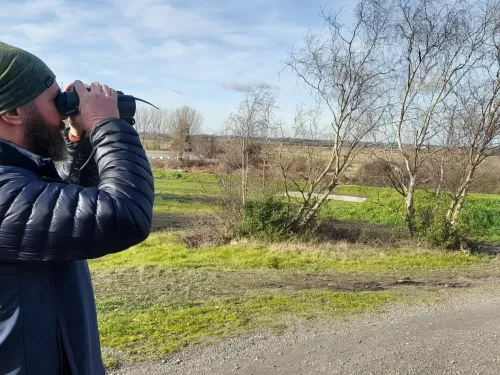
Conservation groups collaborate to host climate hustings in Sevenoaks
Voters will get the chance to grill Sevenoaks electoral candidates on their environmental policies in a special climate hustings.


Voters will get the chance to grill Sevenoaks electoral candidates on their environmental policies in a special climate hustings.

Deadly wildfires, raging storms and soaring temperatures are becoming increasingly common across the globe. Coupled with the recent news that Earth may have already exceeded a 1.5c warming and is set to pass 2°c by the end of the decade, Kent Wildlife…

Kent Wildlife Trust urges MPs to back ambitious nature recovery targets